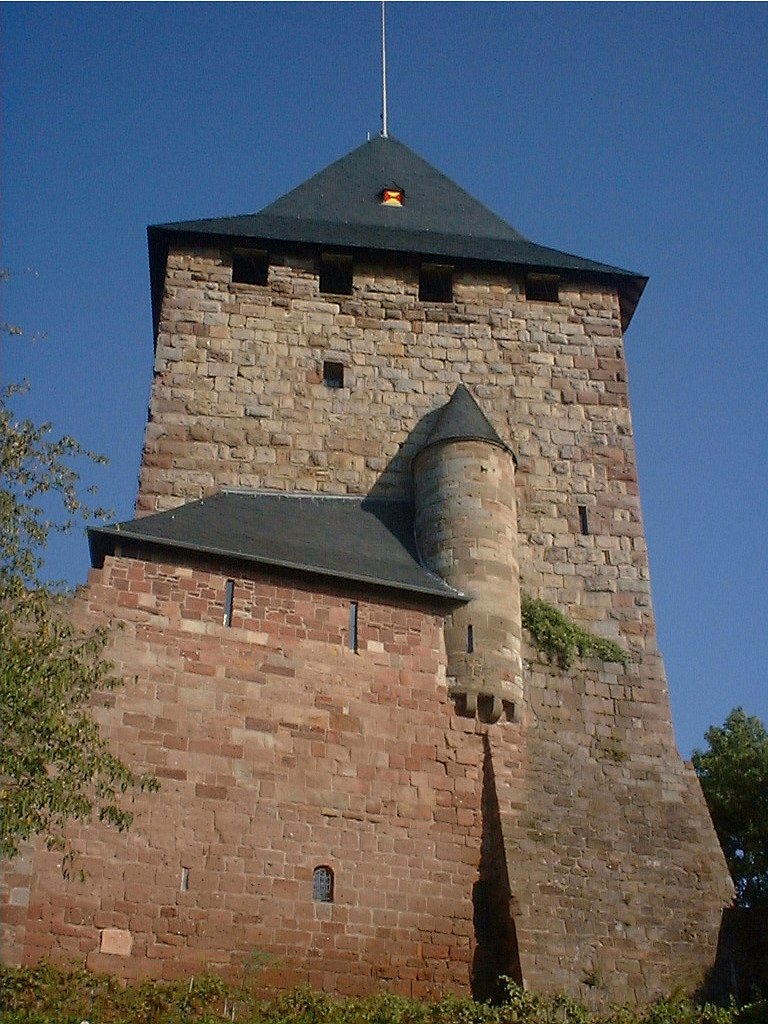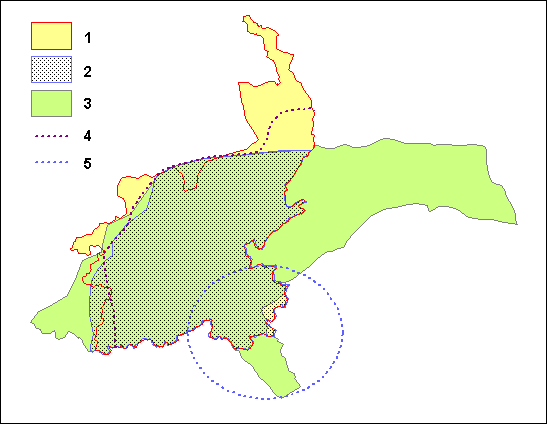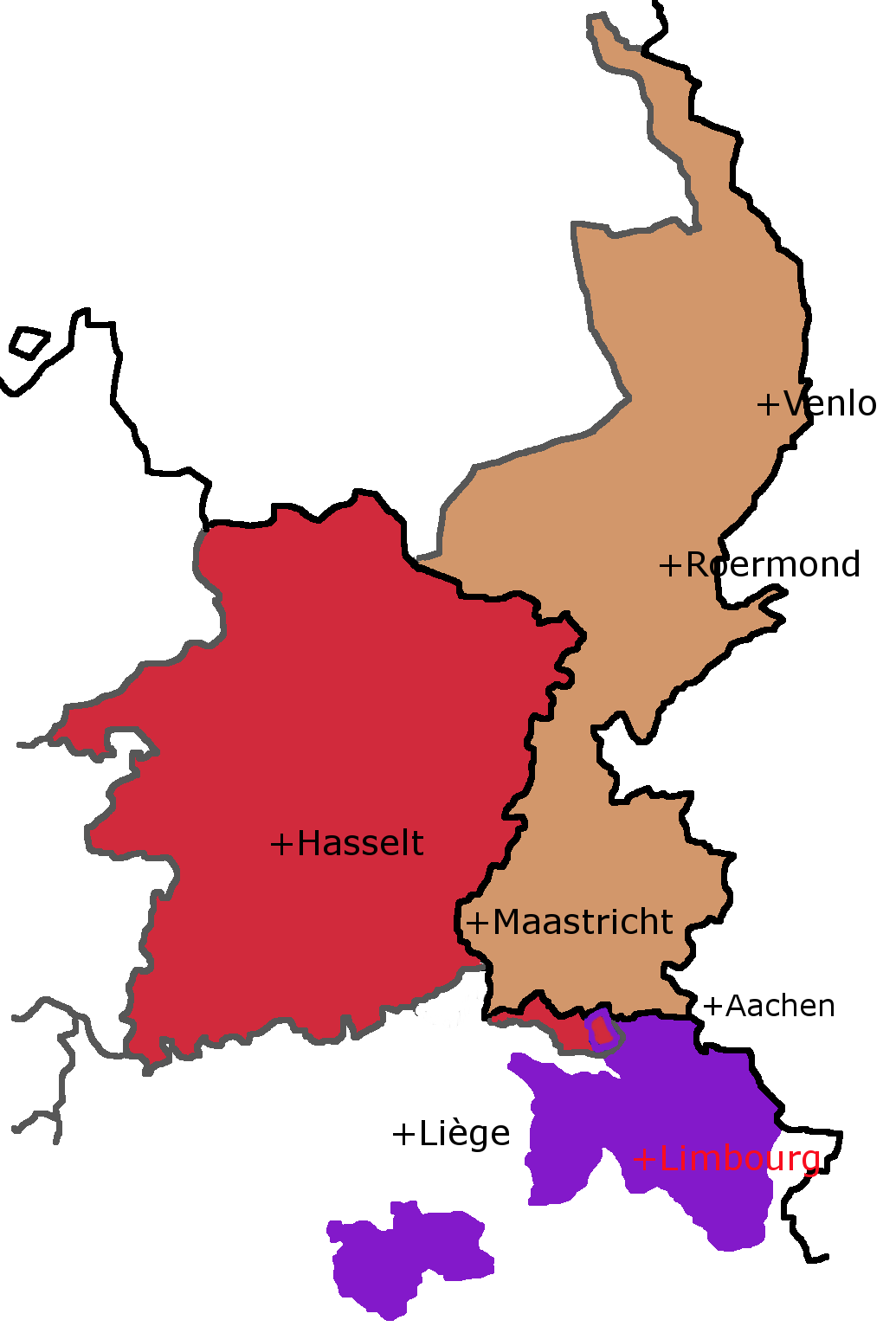|
Duchy Of Jülich
The Duchy of Jülich (; ; ) comprised a state within the Holy Roman Empire from the 11th to the 18th centuries. The duchy lay west of the Rhine river and was bordered by the Electorate of Cologne to the east and the Duchy of Limburg to the west. It had territories on both sides of the river Rur, around its capital Jülich – the former Roman ''Iuliacum'' – in the lower Rhineland. The duchy amalgamated with the County of Berg beyond the Rhine in 1423, and from then on also became known as ''Jülich-Berg''. Later it became part of the United Duchies of Jülich-Cleves-Berg. Its territory lies in present-day Germany (part of North Rhine-Westphalia) and in the present-day Netherlands (part of the Limburg province), its population sharing the same Limburgish dialect. History County In the 9th century a certain Matfried was count of Jülich (pagus Juliacensis). The first mention of a count in the gau of Jülich in Lower Lorraine, is Gerhard I, in 1003; his grandson Gerhar ... [...More Info...] [...Related Items...] OR: [Wikipedia] [Google] [Baidu] |
Middle Ages
In the history of Europe, the Middle Ages or medieval period lasted approximately from the 5th to the late 15th centuries, similarly to the post-classical period of global history. It began with the fall of the Western Roman Empire and transitioned into the Renaissance and the Age of Discovery. The Middle Ages is the middle period of the three traditional divisions of Western history: classical antiquity, the medieval period, and the modern period. The medieval period is itself subdivided into the Early, High, and Late Middle Ages. Population decline, counterurbanisation, the collapse of centralised authority, invasions, and mass migrations of tribes, which had begun in late antiquity, continued into the Early Middle Ages. The large-scale movements of the Migration Period, including various Germanic peoples, formed new kingdoms in what remained of the Western Roman Empire. In the 7th century, North Africa and the Middle East—once part of the Byzantine Empire� ... [...More Info...] [...Related Items...] OR: [Wikipedia] [Google] [Baidu] |
Electorate Of Cologne
The Electorate of Cologne (), sometimes referred to as Electoral Cologne (), was an ecclesiastical principality of the Holy Roman Empire that existed from the 10th to the early 19th century. It consisted of the Hochstift—the temporal possessions—of the archbishop of Cologne, and was ruled by him in his capacity as prince-elector. There were only two other ecclesiastical prince-electors in the Empire: the Electorate of Mainz and the Electorate of Trier. The archbishop-elector of Cologne was also arch-chancellor of Italy (one of the three component titular kingdoms of the Holy Roman Empire, the other two being Germany and Burgundy) and, as such, ranked second among all ecclesiastical and secular princes of the Empire, after the archbishop-elector of Mainz, and before that of Trier. The capital of the electorate was Cologne. Conflicts with the citizens of Cologne caused the elector to move to Bonn. The Free Imperial City of Cologne was recognized after 1475, thus removing ... [...More Info...] [...Related Items...] OR: [Wikipedia] [Google] [Baidu] |
William IV, Count Of Jülich
William IV, Count of Jülich (c. 1210 – 16 March 1278) was the son and heir of William III of Jülich and Mathilde of Limburg, daughter of Waleran III, Duke of Limburg.Walther Möller, ''Stammtafeln westdeutscher Adelsgeschlechter im Mittelalter'' (Darmstadt, 1922, reprint Verlag Degener & Co., 1995), Vol. 1, page 14. William's father joined the Crusades in 1217 and died in the Siege of Damietta in 1218. William succeeded his father as Count of Jülich under the guardianship of his uncle, Eberhard of Hengenbach. In the 1220s and early 1230s William greatly expanded his territory. In 1234 he fought in the battle of Altenesch in the Stedinger Crusade and was made imperial administrator of Konzen and Aachen, guardian of Kornelimünster and over the possessions of Essen Abbey on the left bank of the Rhine river. He also won the imperial fiefdoms of Sinzig, Hengenbach- Heimbach, Merzenich, Thürnich, Düren and Bardenberg, thus doubling the possessions of the Counts o ... [...More Info...] [...Related Items...] OR: [Wikipedia] [Google] [Baidu] |
Burg Nideggen01
The German word Burg means castle. Burg or Bürg may refer to: Places Placename element * '' -burg'', a combining form in Dutch, German and English placenames * Burg, a variant of burh, the fortified towns of Saxon England Settlements * Burg, Aargau, Switzerland * Burg, Bernkastel-Wittlich, Germany * Burg, Bitburg-Prüm, Germany * Burg, Brandenburg, Germany * Burg, Dithmarschen, Germany * Burg auf Fehmarn, Germany * Burg bei Magdeburg, Germany * Burg im Leimental, Switzerland * Den Burg, Netherlands * The Burg, Illinois, United States * Burg, Hautes-Pyrénées, France * Burg, Kilfinichen and Kilvickeon parish, Scotland * Melber, Kentucky, United States, also known as Burg Other uses * Burg (surname) or Bürg * Bürg (crater) * Burg (ship, 2003), a car ferry operating on Switzerland's Lake Zurich *Burgs (fast-food chain) See also * * Burgh (other) * Borg (other) * Bourg (other) * Borough and -bury, common English variants of burg * Burgh, t ... [...More Info...] [...Related Items...] OR: [Wikipedia] [Google] [Baidu] |
Lower Lorraine
The Duchy of Lower Lotharingia, also called Northern Lotharingia, Lower Lorraine or Northern Lorraine (and also referred to as '' Lothier'' or '' Lottier'' . In Davenport, Frances G. ''European Treaties Bearing on the History of the United States and Its Dependencies''. The Lawbook Exchange, Ltd., 2004. in titles), was a stem duchy of the medieval Kingdom of Germany established in 959, which encompassed almost all of modern , |
Gau (territory)
''Gau'' ( German: ; ; or ) is a Germanic term for a region within a country, often a former or current province. It was used in the Middle Ages, when it can be seen as roughly corresponding to an English shire. The administrative use of the term was revived as a subdivision during the period of Nazi Germany in 1933–1945. It still appears today in regional names, such as the Rheingau or Allgäu. Middle Ages Etymology The Germanic word is reflected in Gothic ''gawi'' (neuter; genitive ''gaujis'') and early Old High German ''gewi, gowi'' (neuter) and in some compound names ''-gawi'' as in Gothic (e.g. ''Durgawi'' " Canton of Thurgau", ''Alpagawi'' " Allgäu"), later ''gâi, gôi'', and after loss of the stem suffix ''gaw, gao'', and with motion to the feminine as ''gawa'' besides ''gowo'' (from ''gowio''). Old Saxon shows further truncation to ''gâ, gô''. As an equivalent of Latin '' pagus'', a ''gau'' is analogous with a ''pays'' of the Kingdom of France, or of Lo ... [...More Info...] [...Related Items...] OR: [Wikipedia] [Google] [Baidu] |
Limburgish
Limburgish ( or ; ; also Limburgian, Limburgic or Limburgan) refers to a group of South Low Franconian Variety (linguistics), varieties spoken in Belgium and the Netherlands, characterized by their distance to, and limited participation in the formation of, Standard Dutch. In the Limburg (Netherlands), Dutch province of Limburg, all dialects, despite their differences, have been given collectively a regional language status, including those comprising "Limburgish" as used in this article. Limburgish shares many vocabulary and grammatical characteristics with both German language, German and Dutch language, Dutch. A characteristic feature of many dialects of Limburgish is the occurrence of a Lexical rule, lexical Pitch accent (intonation), pitch accent (Franconian tone accent), which is shared with the adjacent Central Franconian dialects of German. Etymology The name ''Limburgish'' (and variants of it) derives only indirectly from the now Belgian town of Limbourg (''L ... [...More Info...] [...Related Items...] OR: [Wikipedia] [Google] [Baidu] |
Limburg (Netherlands)
Limburg (; ), also known as Dutch Limburg, is the southernmost of the twelve provinces of the Netherlands. It is bordered by Gelderland to the north and by North Brabant to the west. Its long eastern boundary forms the border with the German state of North Rhine-Westphalia. To the west is the border with the Belgian province of Limburg, part of which is delineated by the river Meuse. To the south, Limburg is bordered by the Belgian province of Liège. The Vaalserberg is the extreme southeastern point, the tripoint of the Netherlands, Germany, and Belgium. Limburg had a population of about 1,128,000 in January 2023. Its main municipalities are the provincial capital Maastricht (population 120,837 as of January 2022), Venlo (population 102,176) in the northeast, as well as Sittard-Geleen (population 91,760, bordering both Belgium and Germany) and Heerlen (population 86,874) in the south. More than half of the population, approximately 650,000 people, live in the south of Limb ... [...More Info...] [...Related Items...] OR: [Wikipedia] [Google] [Baidu] |
North Rhine-Westphalia
North Rhine-Westphalia or North-Rhine/Westphalia, commonly shortened to NRW, is a States of Germany, state () in Old states of Germany, Western Germany. With more than 18 million inhabitants, it is the List of German states by population, most populous state in Germany. Apart from the city-states (Berlin, Hamburg and Bremen), it is also the List of German states by population density, most densely populated state in Germany. Covering an area of , it is the List of German states by area, fourth-largest German state by size. North Rhine-Westphalia features 30 of the 81 German municipalities with over 100,000 inhabitants, including Cologne (over 1 million), the state capital Düsseldorf (630,000), Dortmund and Essen (about 590,000 inhabitants each) and other cities predominantly located in the Rhine-Ruhr metropolitan area, the largest urban area in Germany and the fourth-largest on the European continent. The location of the Rhine-Ruhr at the heart of the European Blue Banana make ... [...More Info...] [...Related Items...] OR: [Wikipedia] [Google] [Baidu] |
Germany
Germany, officially the Federal Republic of Germany, is a country in Central Europe. It lies between the Baltic Sea and the North Sea to the north and the Alps to the south. Its sixteen States of Germany, constituent states have a total population of over 84 million in an area of , making it the most populous member state of the European Union. It borders Denmark to the north, Poland and the Czech Republic to the east, Austria and Switzerland to the south, and France, Luxembourg, Belgium, and the Netherlands to the west. The Capital of Germany, nation's capital and List of cities in Germany by population, most populous city is Berlin and its main financial centre is Frankfurt; the largest urban area is the Ruhr. Settlement in the territory of modern Germany began in the Lower Paleolithic, with various tribes inhabiting it from the Neolithic onward, chiefly the Celts. Various Germanic peoples, Germanic tribes have inhabited the northern parts of modern Germany since classical ... [...More Info...] [...Related Items...] OR: [Wikipedia] [Google] [Baidu] |
County Of Berg
Berg () was a state—originally a county, later a duchy—in the Rhineland of Germany. Its capital was Düsseldorf. It existed as a distinct political entity from the early 12th to the 19th centuries. It was a member state of the Holy Roman Empire. The name of the county lives on in the modern geographic term Bergisches Land, often misunderstood as ''bergiges Land'' (hilly country). History Ascent The Counts of Berg emerged in 1101 as a junior line of the dynasty of the Ezzonen, which traced its roots back to the 9th-century Kingdom of Lotharingia, and in the 11th century became the most powerful dynasty in the region of the lower Rhine. In 1160, the territory split into two portions, one of them later becoming the County of the Mark, which returned to the possession of the family line in the 16th century. The most powerful of the early rulers of Berg, Engelbert II of Berg died in an assassination on November 7, 1225. In 1280 the counts moved their court from Schloss Burg on ... [...More Info...] [...Related Items...] OR: [Wikipedia] [Google] [Baidu] |
Rhineland
The Rhineland ( ; ; ; ) is a loosely defined area of Western Germany along the Rhine, chiefly Middle Rhine, its middle section. It is the main industrial heartland of Germany because of its many factories, and it has historic ties to the Holy Roman Empire, Prussia, and the German Empire. Term Historically, the term "Rhinelands" refers to a loosely defined region encompassing the land on the banks of the Rhine, which were settled by Ripuarian Franks, Ripuarian and Salian Franks and became part of Frankish Austrasia. In the High Middle Ages, numerous Imperial States along the river emerged from the former stem duchy of Lotharingia, without developing any common political or cultural identity. A "Rhineland" conceptualization can be traced to the period of the Holy Roman Empire from the sixteenth until the eighteenth centuries when the Empire's Imperial Estates (territories) were grouped into regional districts in charge of defense and judicial execution, known as Imperial Circ ... [...More Info...] [...Related Items...] OR: [Wikipedia] [Google] [Baidu] |




